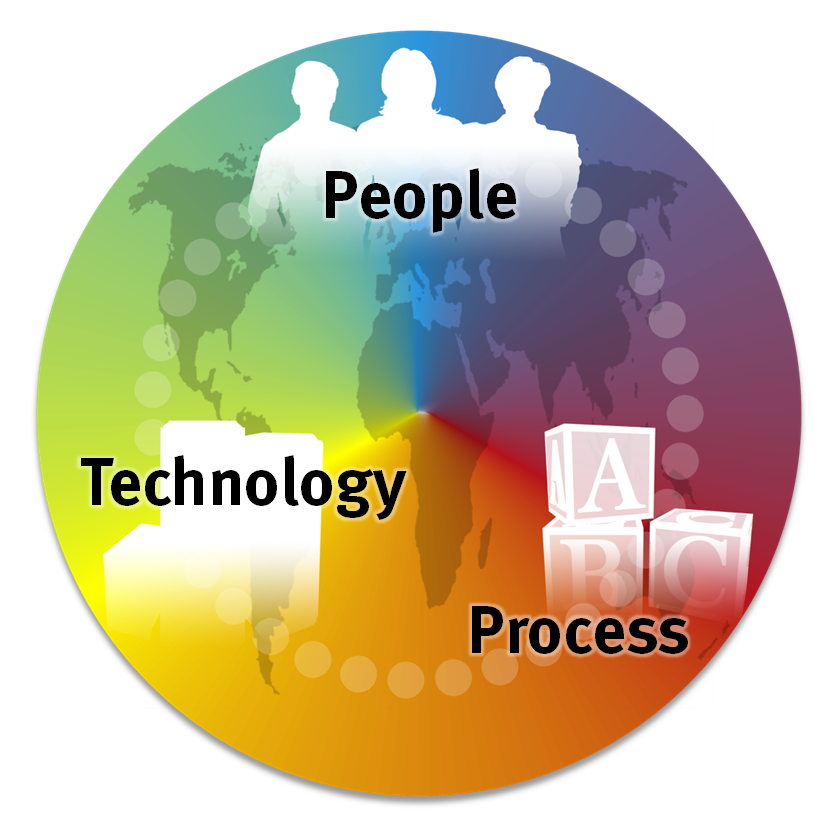This is the first in a multi-part series to help business owners create and manage a successful website and website team for their business.
As Google™ has now indexed over 1 trillion-page web pages, the question for the business owner is:
1. Do I need a website?
2. What should it do?
3. Who can do it?
4. How will it be found?
500% Increase in Internet Spending
In late 2008, officials at the U.S. Census Bureau and Jupiter Research reported that from 2001 to 2008 Americans increased their online retail spending from $31 billion to $148 billion, a leap of nearly 500%.
With 2009 projected online spending up another 16% to $159 billion and commensurate 2009 off-line spending figures falling 10%, American small business owners have been scrambling to erect websites to pull in their portion of Internet consumer dollars.
But “scrambling” is the operative term. After investing great deal of effort, time and money on an internet business presence, too many American entrepreneurs wait by their monitors, staring at empty email inboxes. At present, it’s the big companies winning the lion’s share of the online
commerce. In fact, the top ten online retailers—eBay, Amazon.com, Lands’ End among them, snag an unbelievable 70% of all online sales.
Since the 1990s, pundits and futurists touted the online community as “the great equalizer.” The theory that with the right website, a small business can create a business presence allowing him or her to compete with large corporations.
According to business strategy and accounting firm AMI Partners (a Microsoft affiliate), “While the majority of American small business owners have equipped themselves with the basics. . . many have yet to deploy website ecommerce or collaboration solutions.” Specifically, even though 63% of businesses have a website, only 35% of those “have solutions to optimize sales and service.”
In addition, AMI found that 37% of “brick and mortar” businesses lack a website all together, as do a whopping 72% of all home-based businesses—even those with personal computers. Researchers undertook this study in 2008 and these numbers are dismal.
It’s not quite working out that way. Every year, a significant portion of America’s 30 million small business owners venture onto the Internet, anticipating a level playing field and vigorous profits. Rather they find few visitors, limited sales, and a big disappointment over all.
Beauty is in the Eye of the Visitor
Part of the problem lies with a business owner’s approach: call a friend, get a website made as inexpensively as possible, post it on the Internet and let it flounder in cyberspace. This reinforces a belief that websites are difficult and don’t work anyway and are a waste of money. This is as effective as dumping fishing bait over the side of the boat and declaring there aren’t any fish to be had. This cheap option worked in the early days of the Internet though. However as the number of websites have increased, the number of sophisticated websites have also increased. Homemade is now inadequate. What worked five years ago (web age is similar to dog years so a five year old website = 35 years) is not a good representation of your company. Of course we have had many clients spend far too much and receive far too little, but that’s for next time.
Field of Nightmares: I Built It, Why Won’t They Come?
Weren’t the world’s consumers supposed to pour in through my website? Build it and they will come?
According to business strategy and accounting firm AMI Partners (a Microsoft affiliate), “While the majority of American small business owners have equipped themselves with the basics. . . many have yet to deploy website ecommerce or collaboration solutions.” Specifically, even though 63% of businesses have a website, only 35% of those “have solutions to optimize sales and service.”
In addition, AMI found that 37% of “brick and mortar” businesses lack a website all together, as do a whopping 72% of all home-based businesses—even those with personal computers. Researchers undertook this study in 2008 and these numbers are dismal.
With these two camps: those with expensive websites that don’t work and those afraid to move forward because they are watching the first group, it’s easy to see the challenges.
Subscribe to this feed via RSS.


